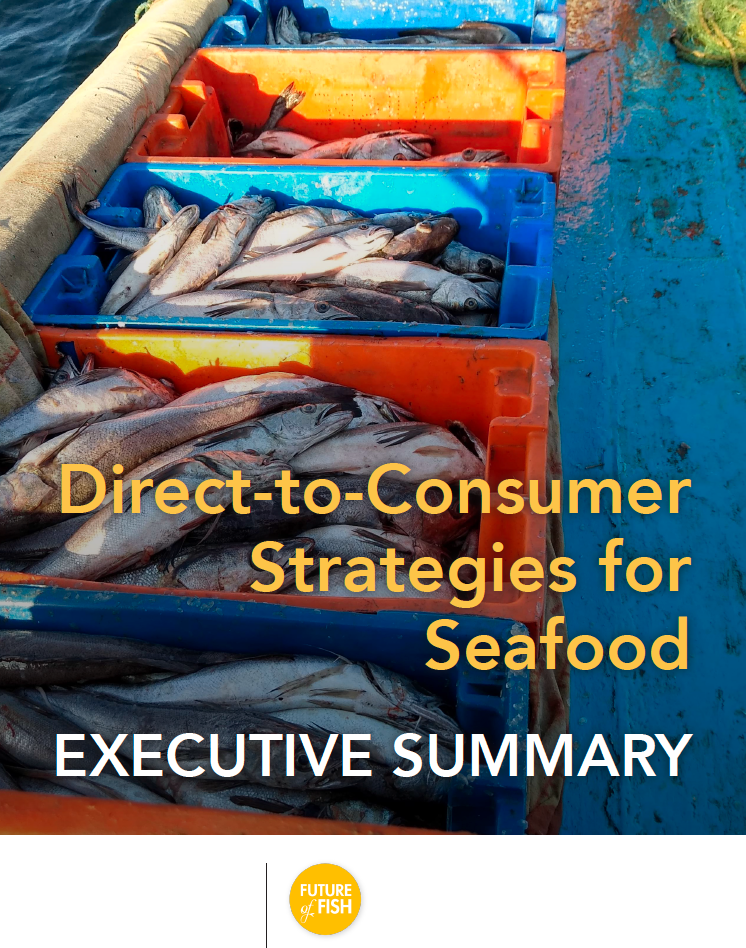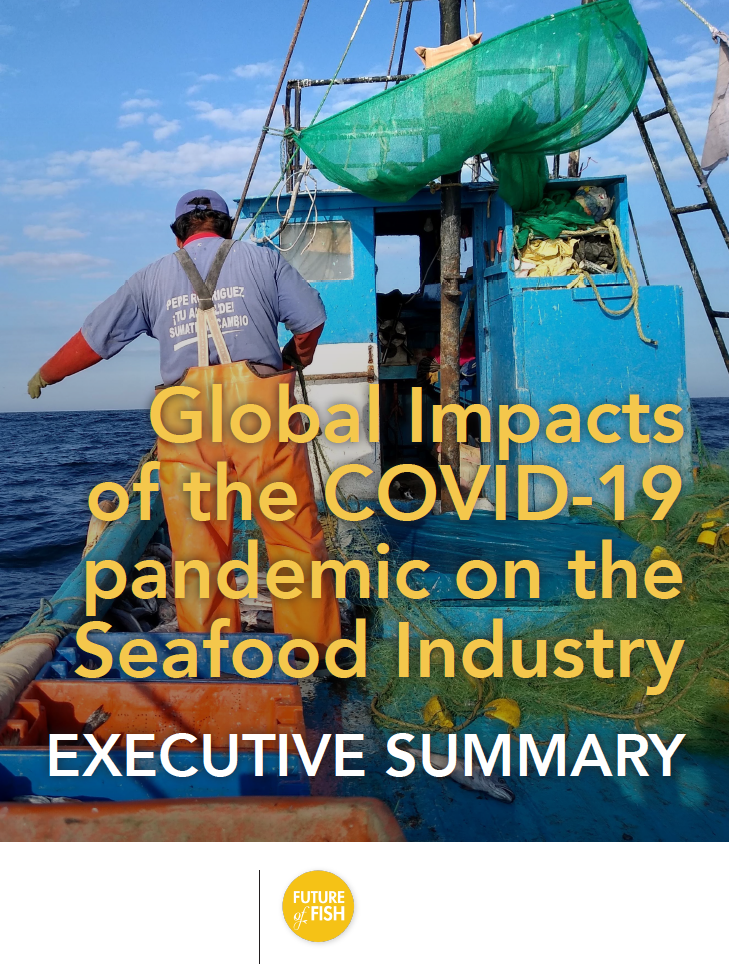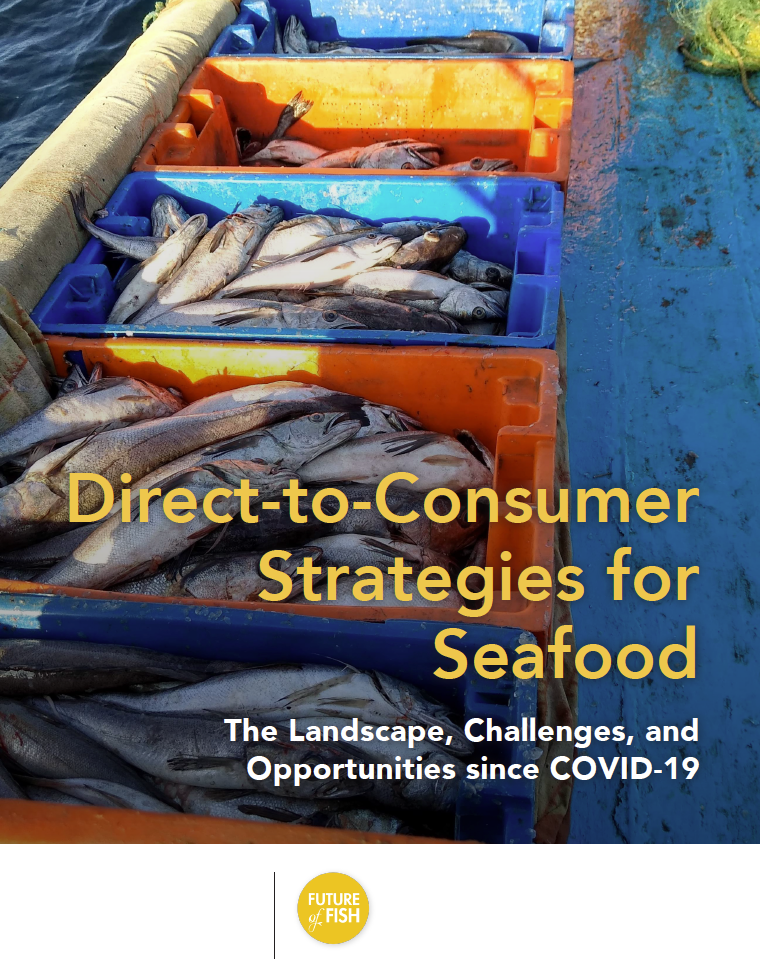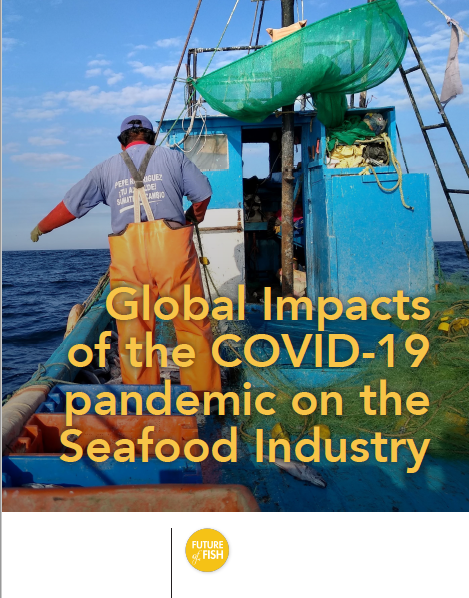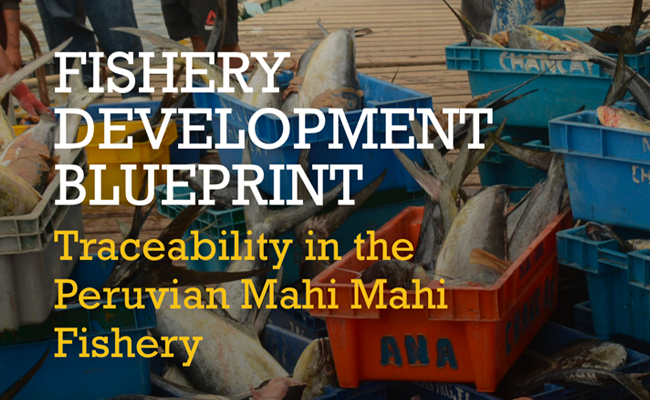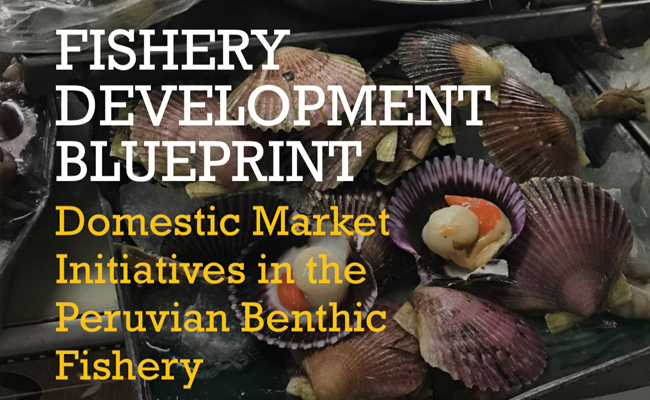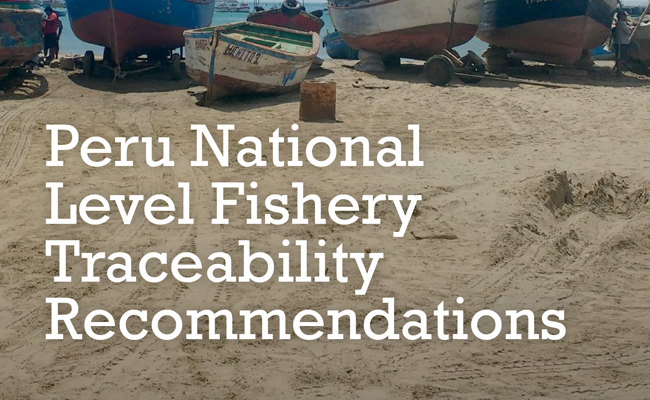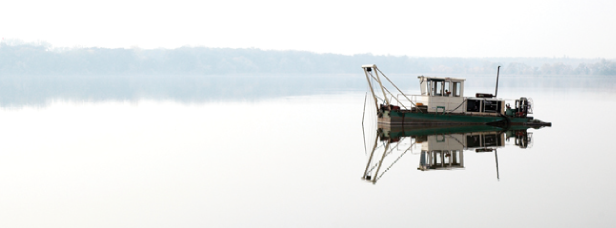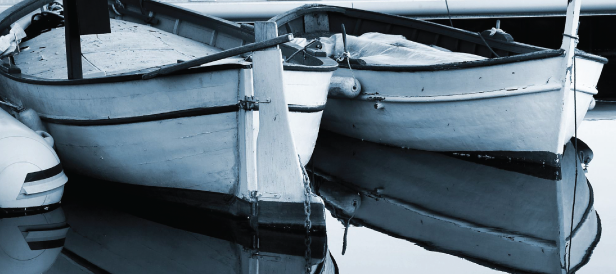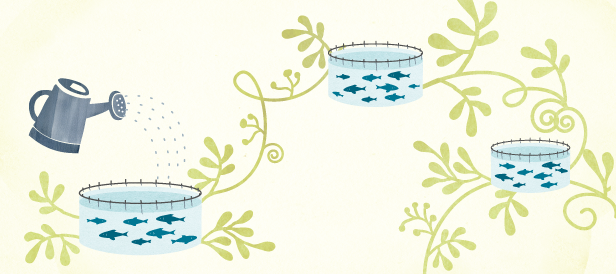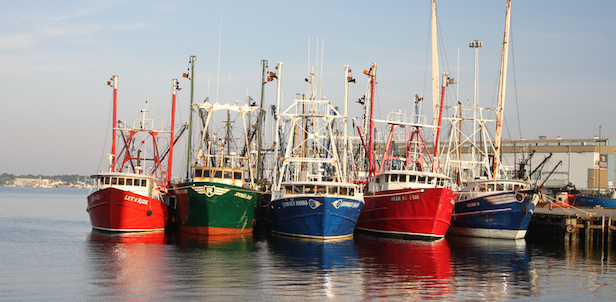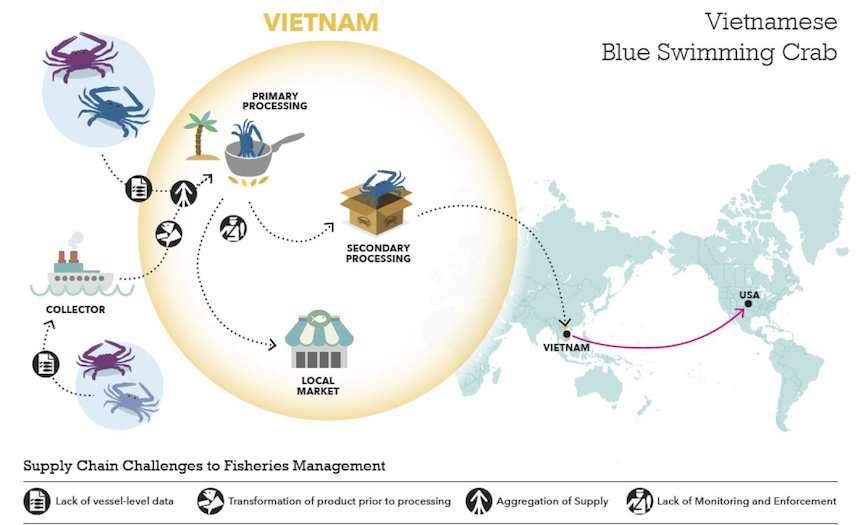Direct-to-Consumer Strategies for Seafood-Executive Summary
The economic, social, and environmental impacts of the pandemic on the seafood industry have been severe and diverse, including: disruptions to shipping and markets; high risk to fisher and seafood worker health and safety due to crowded conditions on board vessels and in processing facilities; increased food insecurity in coastal communities; and decreased fisheries science and enforcement and increased illegal fishing activities.2 A key response in the food industry, including seafood, was continued expansion into direct sales gained tremendous momentum. From initial coping responses…


